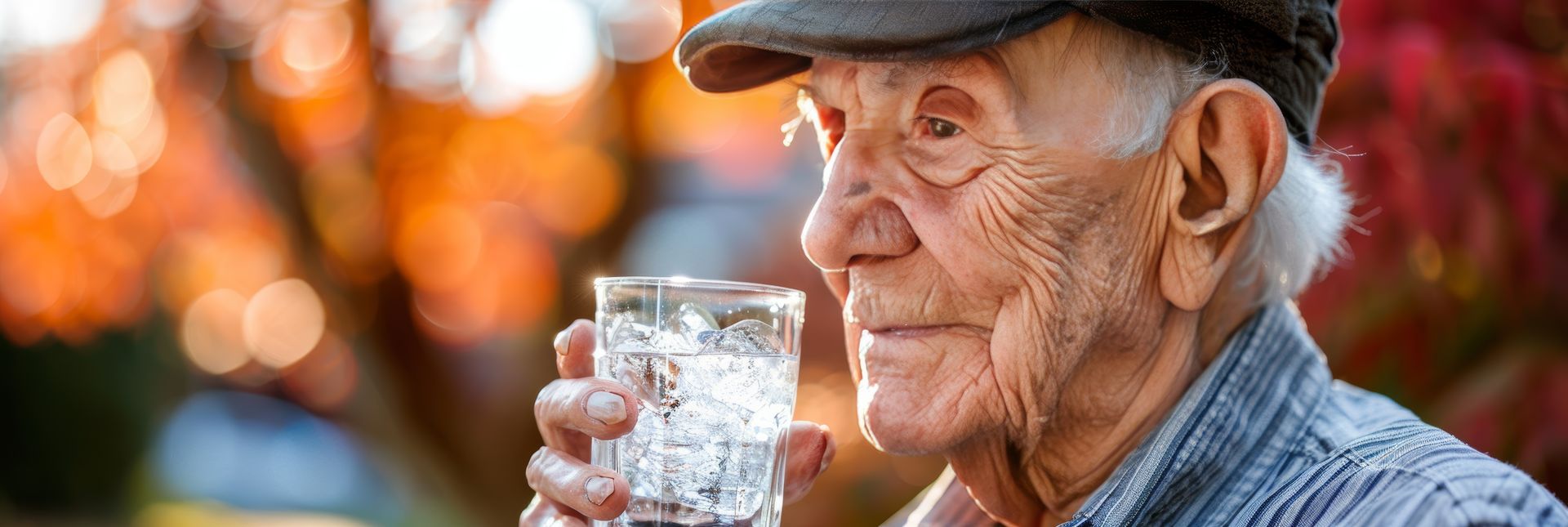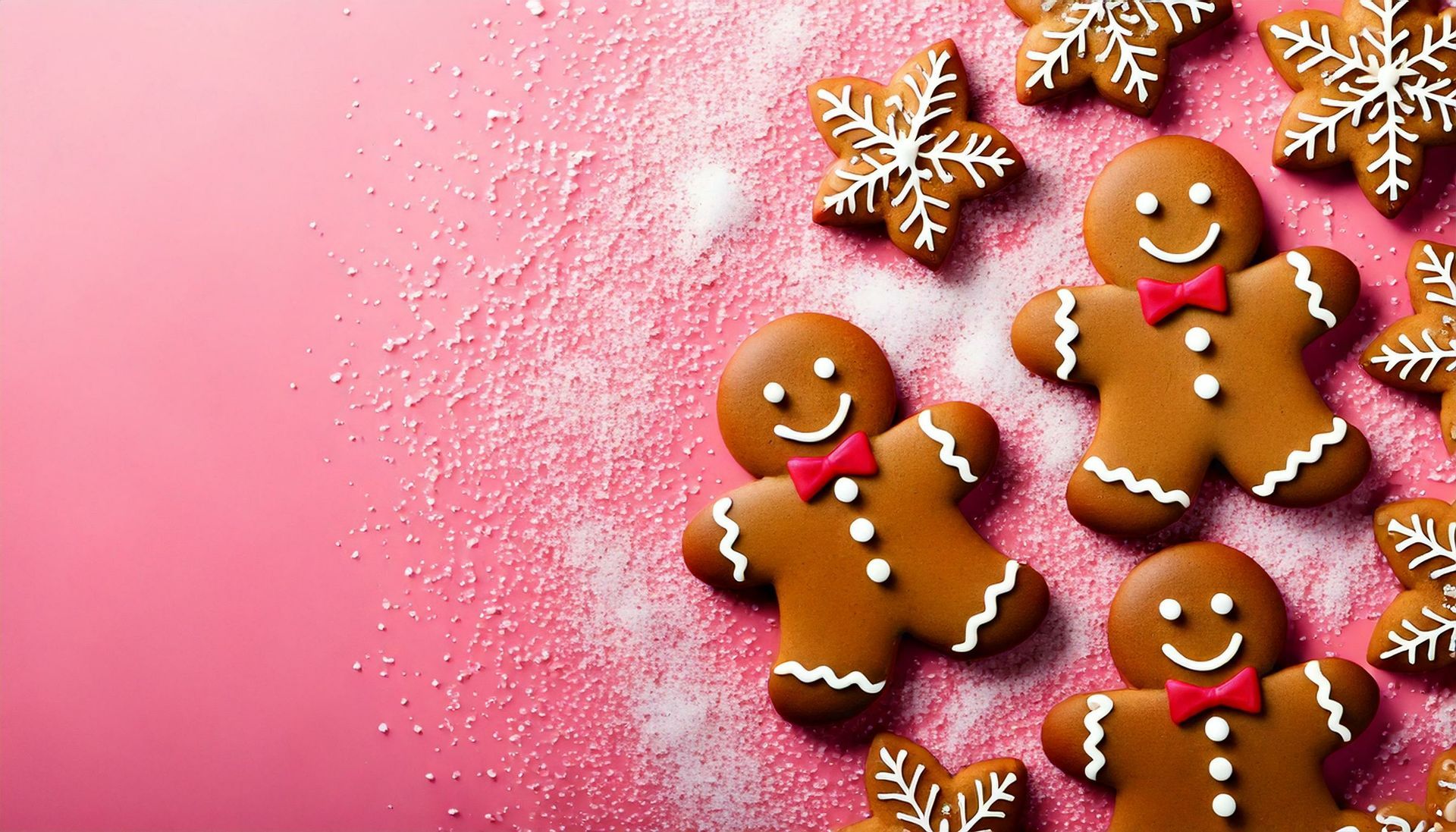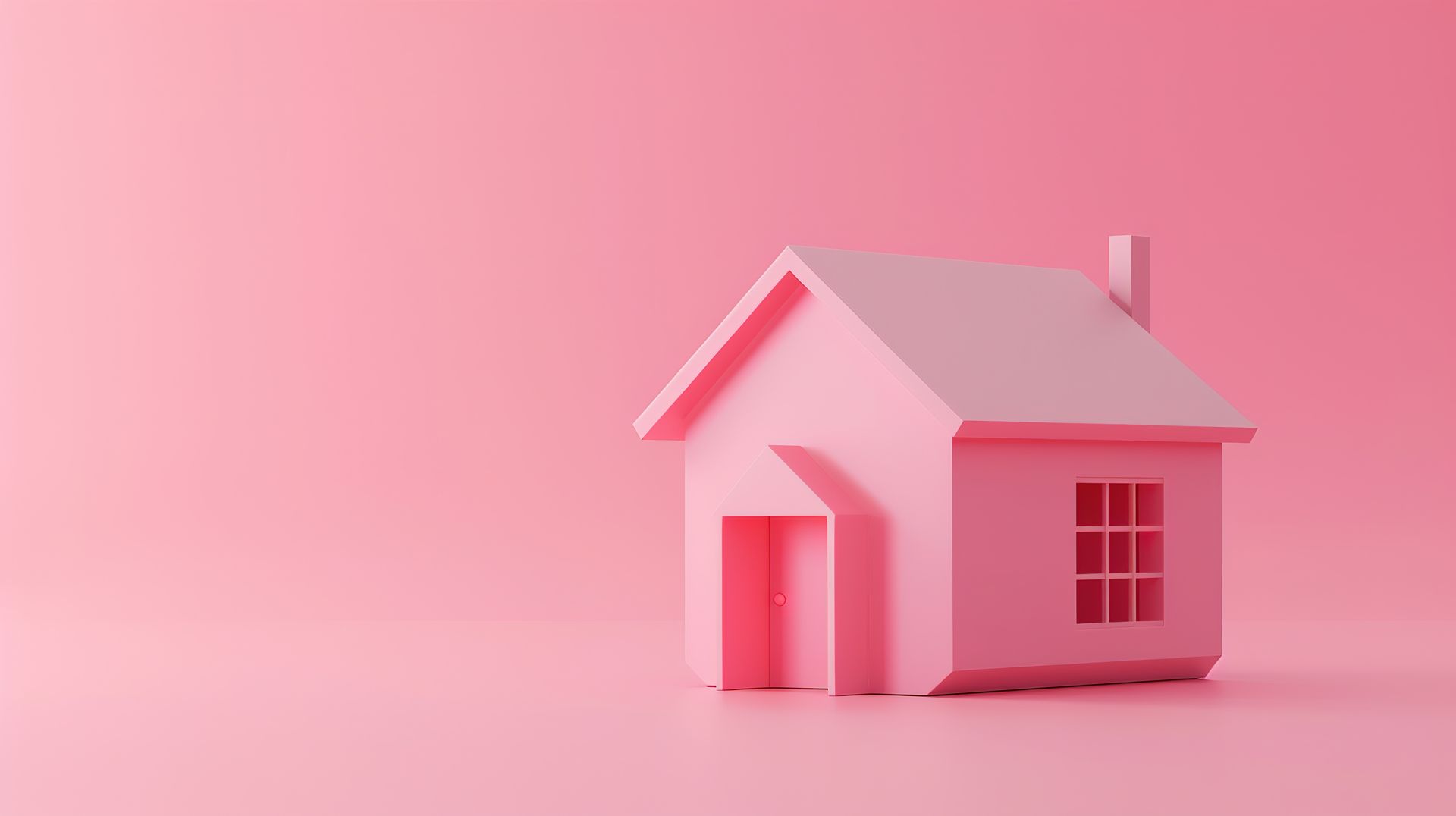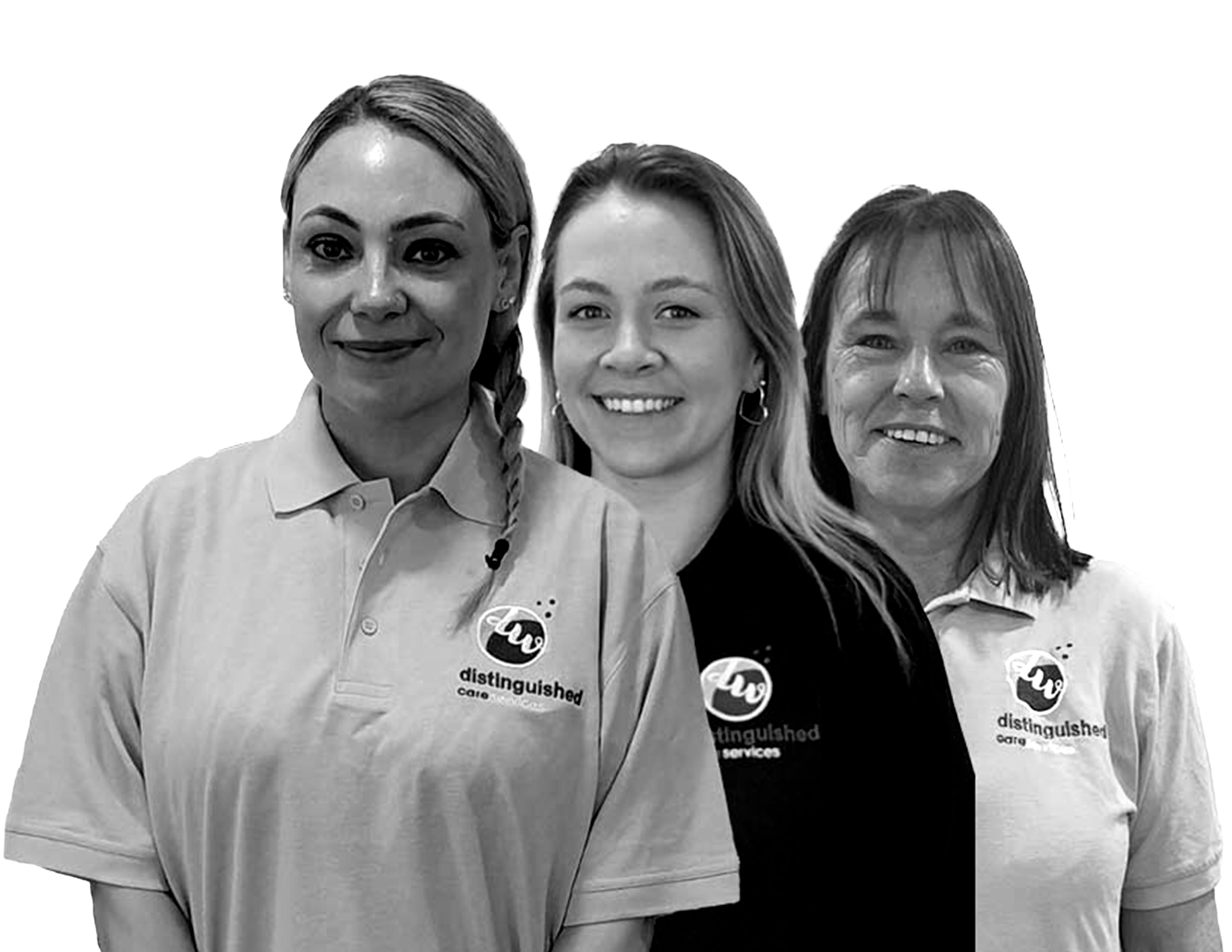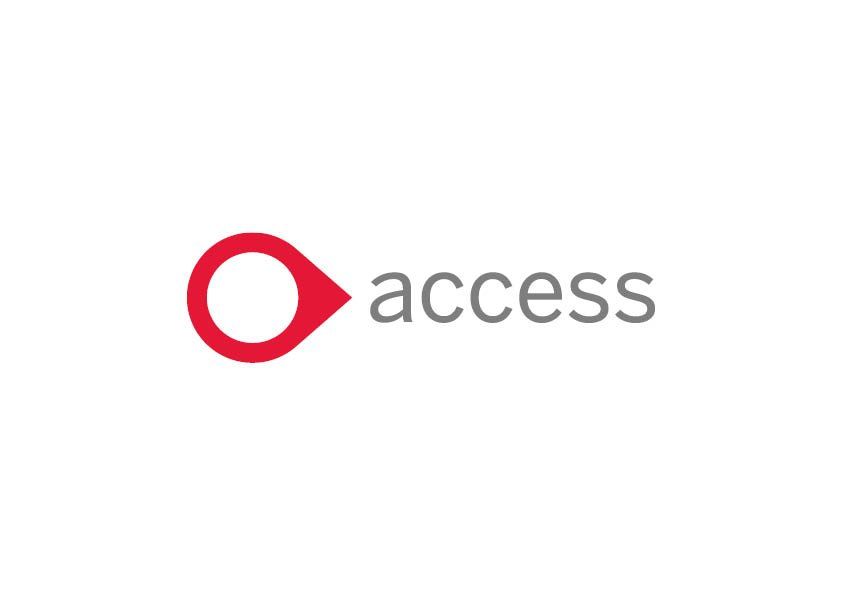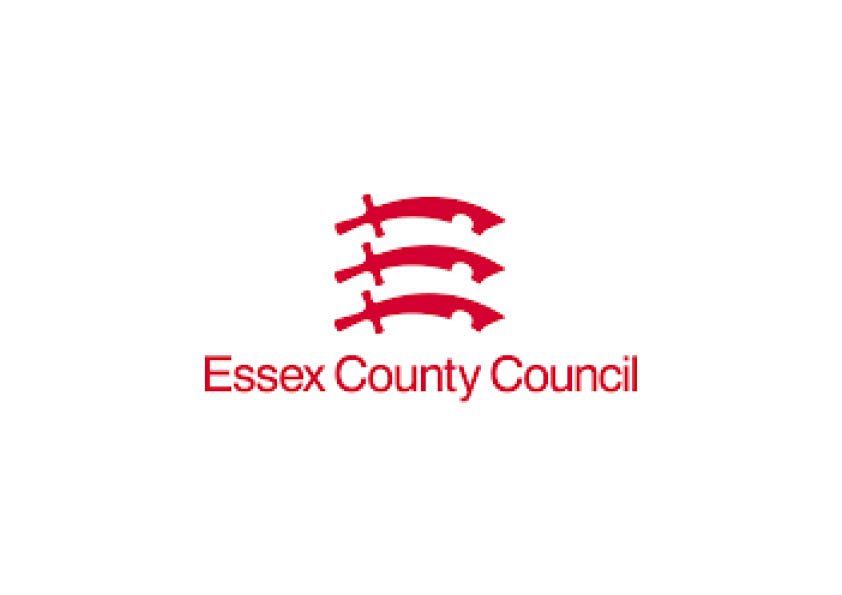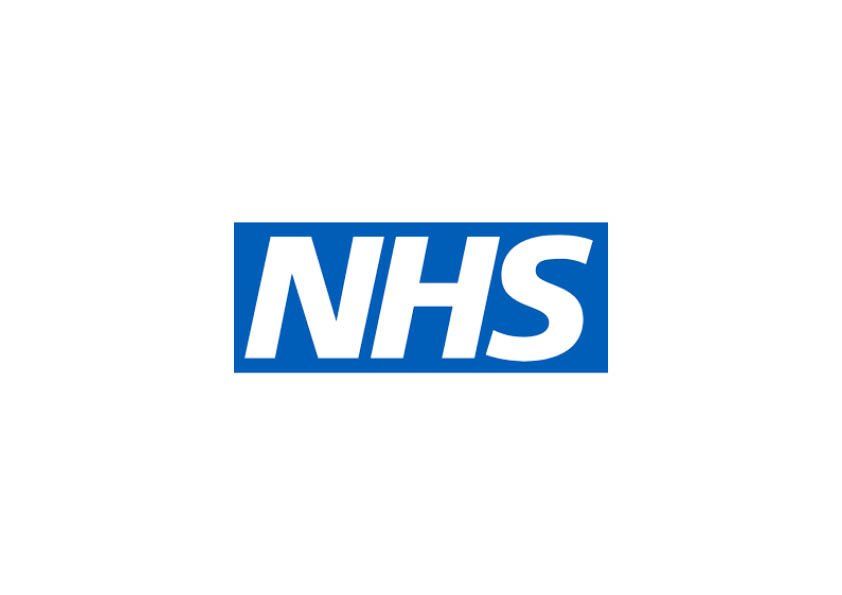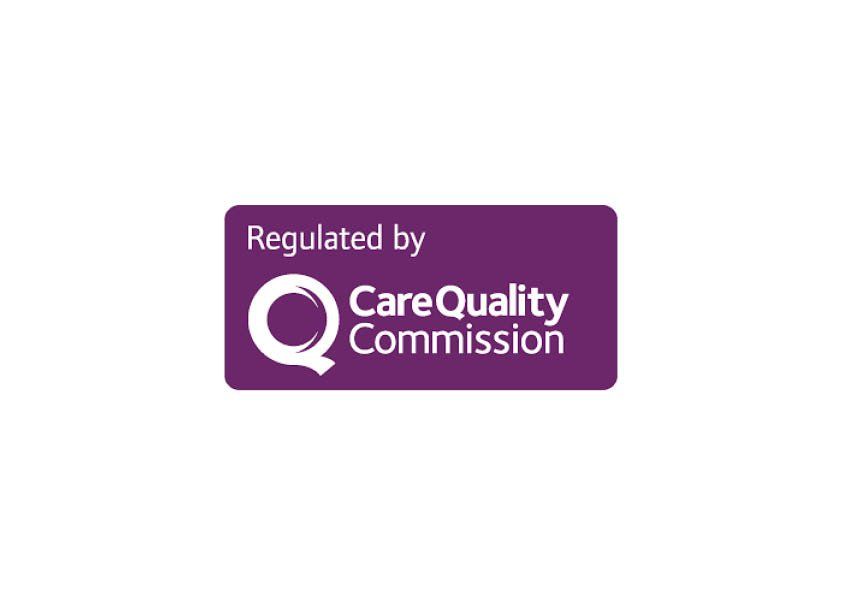Older People's Low Blood Pressure: Important Information to Know
The majority of people are aware that elderly persons with high blood pressure can develop serious medical problems, whereas low blood pressure is far less frequently discussed. Yet, too low of a blood pressure reading might have detrimental repercussions on your health. Understanding the truth will help you take good care of yourself.
A low blood pressure level may not always signal emergency. Low blood pressure is typically not an issue unless you start feeling symptoms like dizziness or blurred vision, however high blood pressure can be detrimental even if you are unaware of it. You have to do something if that occurs. Seniors who experience symptomatic low blood pressure run a higher chance of falling, which makes it quite risky. In its worst, it may result in shock or even death.
The fundamentals of blood pressure, including how it's measured and what the readings signify, are explained in this article. It also lists a number of causes that can induce low blood pressure and details some of its typical symptoms. Also, it offers details on various approaches that can be used to control or treat older persons with low blood pressure.
Fundamentals of Blood Pressure
Blood pressure (BP) is a gauge for the amount of pressure required to keep your body's blood flowing. Your organs and tissues must be under this pressure in order for them to receive the oxygen and nourishment they require.
Because the arteries become more rigid with ageing, blood pressure frequently increases. A major health danger can result from high blood pressure. In reality, high blood pressure and how it should be treated in older persons were redefined in 2017 by the American Heart Association and the American College of Cardiology. The goal of the revised blood pressure recommendations for seniors is to promote earlier, more aggressive therapy to prevent blood pressure levels from rising too high.
Nonetheless, BP levels might occasionally be below normal. Low blood pressure indicates that the effort necessary to move blood throughout the body is less than anticipated.
What occurs then when your blood pressure is low? Nothing in some circumstances. You can be in good health and not need any therapy. Yet if it drops too low, you could feel faint or disoriented as a result of low blood pressure.
Key organs (including your brain) may not get enough blood and oxygen to function properly if your blood pressure falls dangerously low. In dire circumstances, you can experience shock and need immediate medical care. If vital nutrients are denied from the body's organs as a result of severe, persistent low blood pressure, the result might be fatal.
How blood pressure is measured and what the readings mean
Two numbers are used to represent blood pressure, one "over" the other. Systolic blood pressure is represented by the first, or top, number. This shows how much force your heart's contractions cause your blood to apply to the walls of your arteries. The diastolic pressure, which appears as the second or bottom number, measures the pressure in your arteries when your heart fills up between beats.
An inflatable cuff that fits around your upper arm and a stethoscope are commonly used by your healthcare professional to measure your blood pressure. The blood flow is stopped by inflating the cuff until it is just tight enough, after which it is gradually let out. Your doctor or nurse will be able to determine your systolic pressure by listening to the whooshing sound of the blood returning through the stethoscope. The diastolic pressure is indicated when the whooshing sound stops.
Adults should maintain a blood pressure of 120/80 mm Hg or lower. (The "mm Hg" stands for millimetres of mercury, which is the measurement unit for pressure gauges.) Your blood pressure, however, may be higher than that without any cause for alarm because blood pressure naturally rises with age. For instance, a woman in her 80s may have a normal blood pressure result of 134/84 mm Hg, according to a chart from Disabled World.
What then qualifies as low blood pressure in elderly individuals? Anything with a blood pressure reading below 90/60 mm Hg is considered to be low. We refer to this as hypotension. According to the chart from Disabled World, a dangerous blood pressure reading is 50/33 mm Hg.
Keep in mind that only one of the numbers has to be below the healthy range in order to qualify as low blood pressure. So, for instance, if your top number (the systolic pressure) is 90 or less, you may have low blood pressure, no matter what your bottom number is.
Many medical experts believe that the most important number in blood pressure is the top one (i.e., the systolic pressure). That's because research has shown that your risk of heart disease and stroke is greater when you have elevated systolic pressure. However, a study in the New England Journal of Medicine found that both types of elevated pressure influence your risk of having a stroke or heart attack.
A low systolic number means that your organs and tissues may not be getting enough blood and oxygen, but a low diastolic number indicates that there may not be enough pressure in your coronary arteries to adequately nourish your heart.
It's important to understand that your readings can vary depending on factors like your stress level, body position, physical condition, medications, and diet. In fact, your levels can fluctuate as much as 30 or 40 mm Hg over the course of the day. They will be lowest when you rest and higher when you exercise or experience stress. That's why, in order to accurately compare readings, it's essential to measure your blood pressure in similar circumstances every time.
Blood pressure is also very individualized. A level that is too low for someone else might be typical (and healthy) for you. However, you should worry about low blood pressure when you experience related symptoms.
Blood pressure vs. heart rate
Although they measure distinct things, blood pressure and heart rate are both significant indicators of how effectively your heart is functioning. Blood pressure, as mentioned above, is the power with which your blood flows through your arteries. The amount of times your heart beats every minute is known as heart rate (or pulse).
In adults, the resting heart rate ranges from 60 to 100 beats per minute. Nonetheless, a healthy heart rate will vary from person to person, much like blood pressure does. For instance, a pulse that is slower than normal—below 60 beats per minute—might not bother you. (It can even be an indication that your physical condition is excellent.)
However, in some situations, a low pulse means that the heart is not circulating enough blood to satisfy the body's needs. That can cause you to feel dizzy and weak. A pulse in the 30s is a dangerously low heart rate and should be investigated.
The relationship between blood pressure and heart rate is complex. If you're concerned about your numbers, see your doctor.
Symptoms of Low Blood Pressure in Elderly Individuals
As long as you feel OK, a low blood pressure reading is generally nothing to worry about. Doctors are not usually concerned about a low BP in otherwise healthy individuals.
So, when is blood pressure too low? You should see your healthcare provider if you experience hypotension symptoms such as:
- Dizziness
- Blurry vision
- Fatigue
- Fainting (known as syncope)
- Confusion or inability to concentrate
- Nausea
- An irregular or rapid heartbeat
- Weakness
- Pale, cold, clammy skin
- Shallow breathing
A condition called orthostatic or postural hypotension is common among seniors. It's when a temporary, sudden drop in blood pressure happens after a rapid change of position, such as when you go from lying down or sitting to standing.
Under normal circumstances, some blood pools in your legs when you stand up, but your body compensates by telling your heart to beat faster. If such compensations are delayed or do not take place at all, your blood pressure can drop rapidly. That can cause you to become dizzy. Some estimates suggest that up to 50 percent of elderly adults experience orthostatic hypotension.
You may also become dizzy due to a sudden drop in blood pressure after eating, especially if you've had a large meal involving lots of carbohydrates. This is called postprandial hypotension. It, too, commonly affects older adults. It's particularly prevalent among seniors who have disorders that affect the autonomic nervous system, such as diabetes and Parkinson's disease.
Causes of Low Blood Pressure
Low blood pressure measurements can be explained by a number of circumstances. Because it affects blood volume, dehydration can result in low blood pressure. Low diastolic pressure but high systolic pressure can result from diabetes. A very low heart rate, or bradycardia, can prevent the heart from pumping enough blood to maintain a healthy pressure.
Medicines are another frequent factor in elderly people's low blood pressure. Diuretics, calcium channel blockers, alpha blockers, and beta blockers are examples of medications used to treat high blood pressure, but they can be overused and result in hypotension instead. In addition, some prescription drugs for depression, erectile dysfunction, and Parkinson's disease, such as levodopa and dopamine agonists, can cause low blood pressure. These drugs include imipramine and doxepin.
A sudden drop in blood pressure can be caused by severe infections, anaphylactic reactions, uncontrolled bleeding, or extreme dehydration due to fever, diarrhea, or vomiting. The plunge in blood pressure caused by such factors can be dangerous and even life-threatening.
To identify the cause of your low BP, your doctor may conduct:
- A blood test to check for anemia or issues with your blood sugar levels.
- An echocardiogram to obtain images of the shape and size of your heart and see how well it is functioning.
- An electrocardiogram (ECG) to look for abnormalities in your heart's rhythm and pulse rate.
- An exercise stress test to assess your heart's performance during periods of physical activity.
- The Valsalva maneuver, which involves monitoring your blood pressure while you take a deep breath and attempt to blow out against your closed mouth. This allows your healthcare provider to check for issues with your autonomic nervous system.
- A tilt table test, in which you are hooked up to blood pressure monitors and an ECG machine, then secured to a table that can rapidly switch you from a horizontal to an upright position. This enables your doctor to see how your blood pressure responds to the changes in your body position.
Treatment for elderly patients with low blood pressure
Treatment is probably not necessary if you are not concerned by the signs of low blood pressure. After all, a low BP by itself typically poses no threat. In fact, it's frequently interpreted as a sign of health.
You must act to address it if it is having an impact on your wellbeing. The underlying reason of low blood pressure in the elderly is first identified and then treated. Your doctor might be able to replace your prescription or vary the dosage if your medication regimen is the cause of your low blood pressure. (If you struggle to keep your medications organised, a pill organiser for seniors may be helpful.) If dehydration is at blame, replacing lost fluids might help.
In some cases, you may require medication specifically for your low BP. Two of the most commonly prescribed medicines are
fludrocortisone and midodrine. Fludrocortisone is a steroid that causes the body to retain sodium and fluid, thus increasing blood volume and raising blood pressure. Midodrine causes your blood vessels to resist expanding, thereby boosting blood pressure.
However, many people are able to manage their hypotension through diet and lifestyle changes rather than medical interventions. Here are some tips on how you can fix low blood pressure:
- Drink more water. Consuming additional fluids can boost blood volume and prevent dehydration. Having a glass of water before you stand up or at the end of a meal can sometimes help avoid sudden drops in blood pressure. Sport drinks containing electrolytes can also help, but try to avoid ones with high amounts of sugar.
- Limit the booze. Alcohol is dehydrating and can drive your blood pressure even lower.
- Eat smaller meals more frequently. Going too long between meals can wreak havoc on your blood sugar levels. And indulging in heavy meals can cause a sudden drop in blood pressure as the blood moves from your brain to your intestines to help you digest your food. As a general guideline, it's a good idea to eat small amounts five or six times a day.
- Choose your diet carefully. Cutting back on carbs (especially refined carbs such as white bread and pasta) may help keep you from feeling dizzy after you eat. Plus, foods that are high in folate and vitamin B-12 can help alleviate low blood pressure that is caused by anemia. Asparagus, legumes, leafy greens, eggs, and fortified cereals are good choices.
- Increase your salt intake. Salt causes your body to retain fluid, which raises your blood pressure. Your doctor may recommend taking salt tablets or adding a bit of salt to your meals. Carrots, beets, and olives are a few examples of foods that have naturally higher levels of sodium. But be aware that potassium-rich foods like apricots and bananas lower blood pressure by causing you to lose sodium through your urine.
- Make slower transitions. Change positions slowly and gradually. If you're lying down, sit up and dangle your feet or march your feet gently for a couple minutes before you try to stand. Once you're on your feet, stay still for a bit until you feel steady enough to walk.
- Wear compression stockings. They promote better circulation by compressing the leg veins. This keeps blood from pooling in your lower legs and shifts it toward other areas of the body. Styles for both men and women are available.
- Don't overheat. High temperatures cause blood vessels to dilate, which lowers blood pressure. Plus, sweating out fluids can cause reduced blood volume and dehydration. So be careful to stay out of the sun and don't do anything too strenuous when it's really warm. Avoid spending long periods of time in hot tubs or saunas. You might also want to keep a nonslip chair in the shower in case you feel dizzy.
Get a Handle on Your Health
Low blood pressure in elderly people has a wide variety of causes and effects. The information above can help you understand the danger signs and take appropriate steps to safeguard your well-being.







